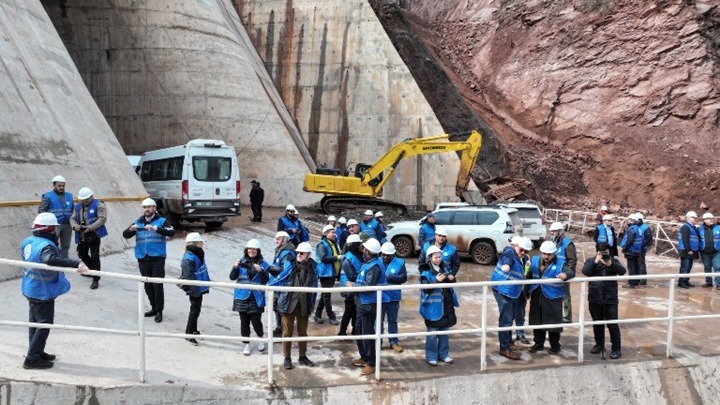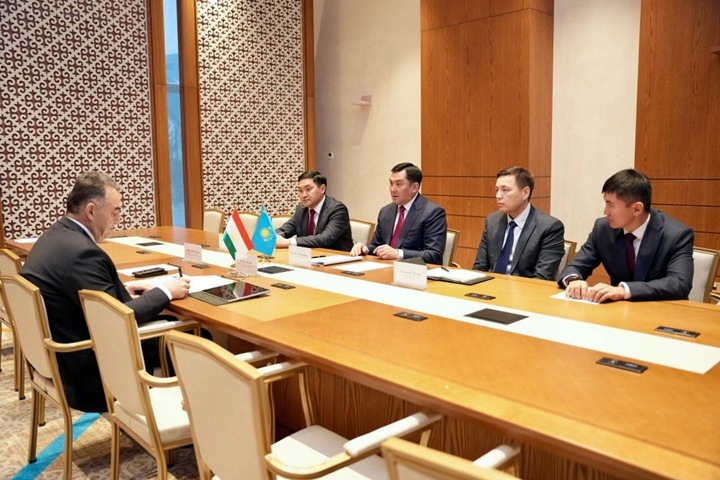A delegation from the World Bank Group in March 2024 concluded their tour of Central Asia with a visit to the partially operable Rogun Hydropower Plant in Tajikistan, Geopolitical Monitor reported. The visit marked a milestone in the country’s project, which has faced challenges over the decades. The Rogun Dam, set to become the largest power plant in Tajikistan upon completion, has been a focal point for both development and controversy.

Initially conceived to alleviate Tajikistan’s energy shortages, the Rogun project has encountered criticism from environmental and humanitarian groups, as well as geopolitical concerns from neighboring countries like Uzbekistan. The latter is particularly concerned about potential impacts on its cotton industry due to water diversion from shared watersheds.
Despite facing cost overruns and logistical hurdles, the Rogun dam project remains critical for Tajikistan, where over 90% of electricity is sourced from hydropower. The completion of the dam will significantly bolster the country’s energy security and economic prospects.
Tajikistan, a mountainous country with a population of around 10 mn, relies heavily on agriculture and mineral exports. Remittances from Tajik migrants abroad constitute a substantial portion of its GDP, making it one of the most remittance-dependent nations globally.
The hydroelectric plant near the city of Rogun has been in the making for decades. With the third and final generator set to come online by the end of 2025, the project is reaching its zenith. Delays due to the COVID-19 pandemic slowed progress, but construction resumed in July 2022, signaling a renewed push toward completion.
Once fully operational, the Rogun Dam will have a capacity of 3600 MW, making it the largest power plant in Tajikistan. This increase in energy capacity will not only meet domestic demand but also create opportunities for exporting surplus energy to neighboring countries such as Afghanistan and Kyrgyzstan.
Tajikistan’s hydropower potential positions it as a key player in regional energy dynamics, offering opportunities for economic growth and geopolitical influence. Despite the challenges and criticisms, the benefits of the Rogun dam project are deemed crucial for Tajikistan’s future development.






Leave a Reply